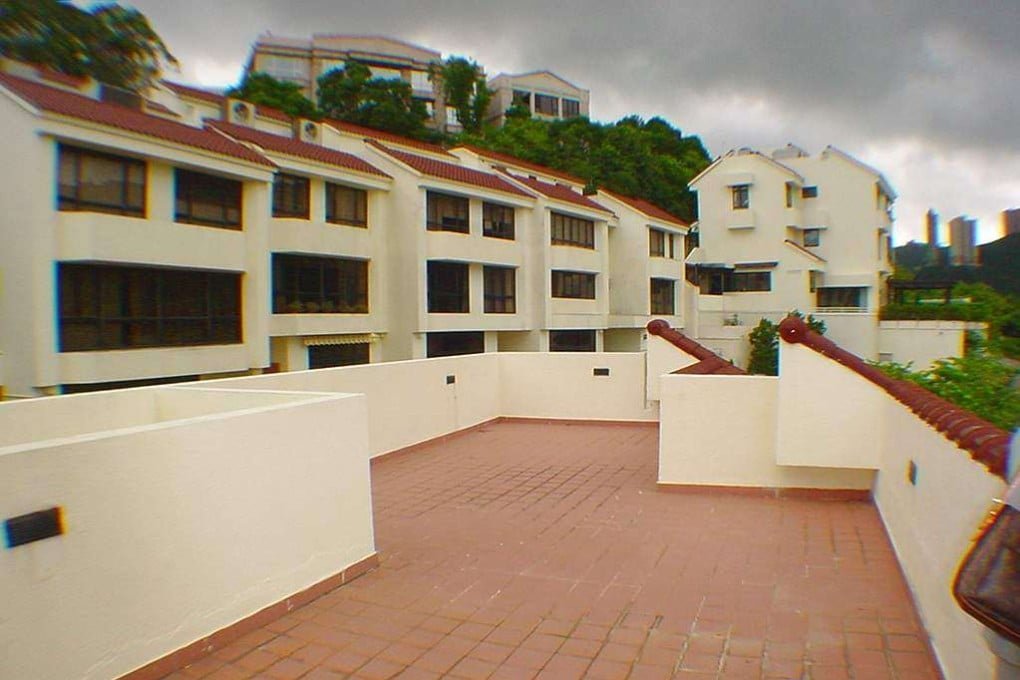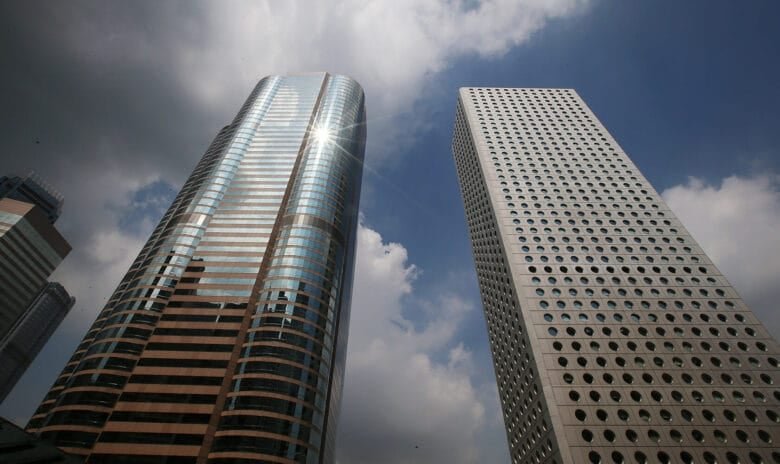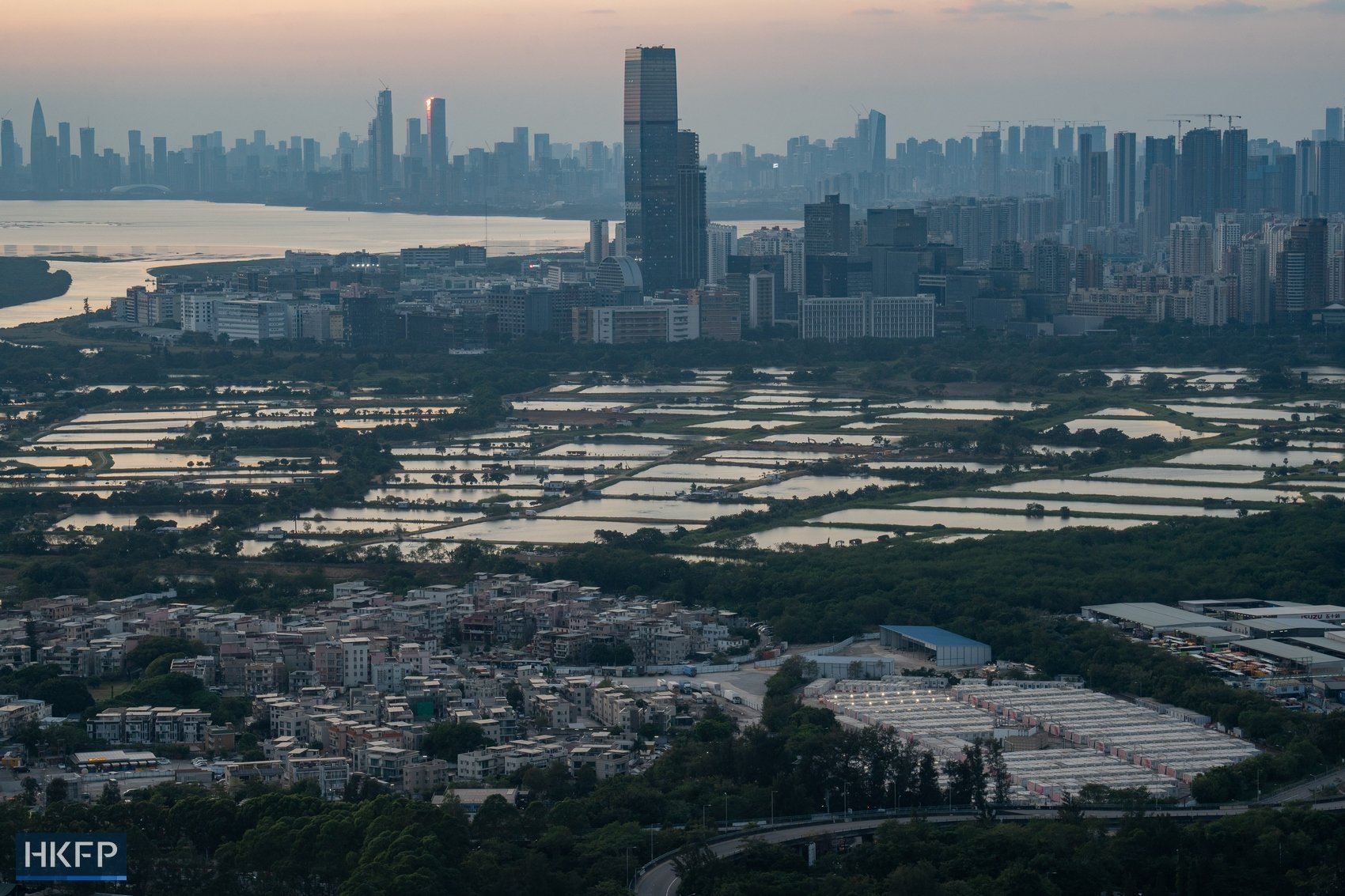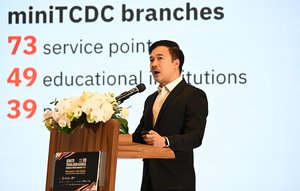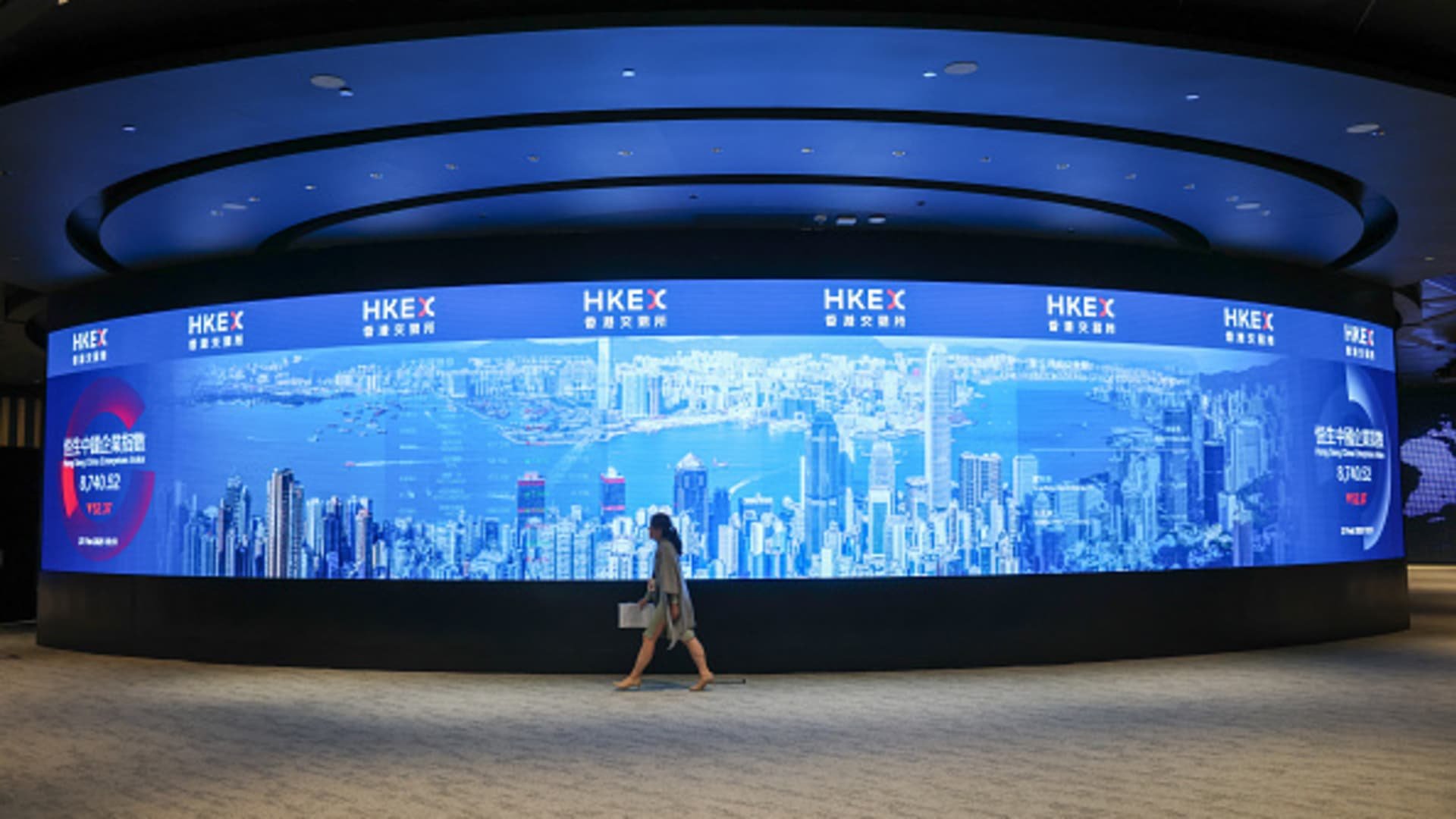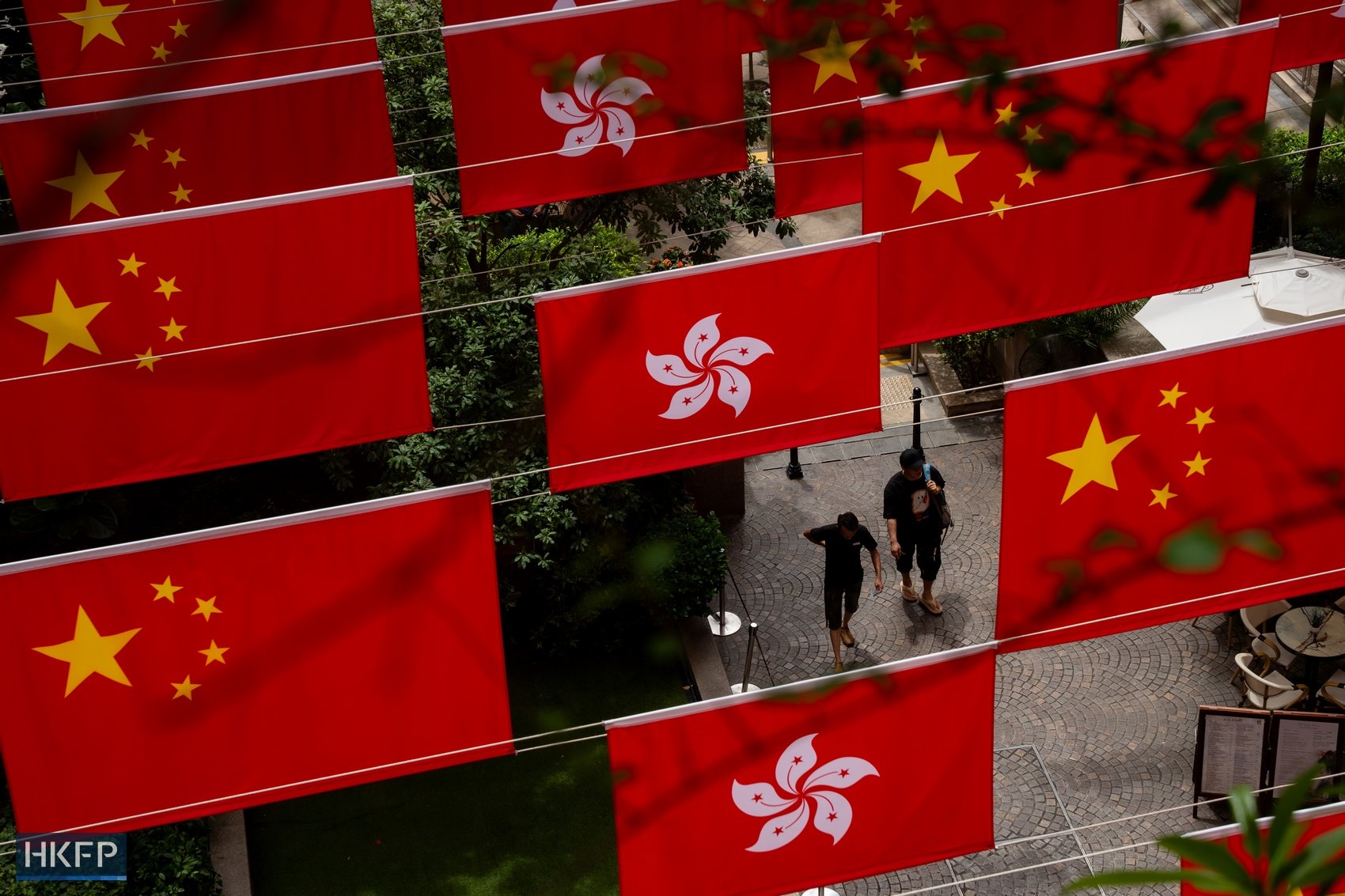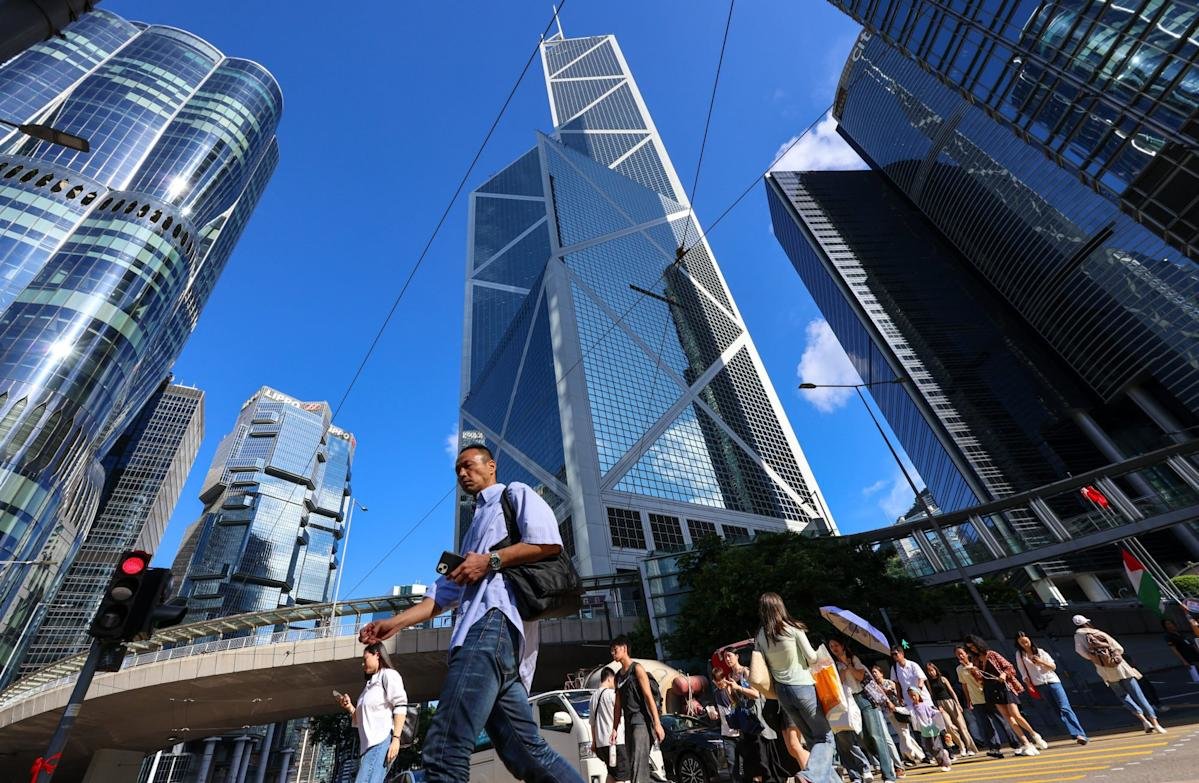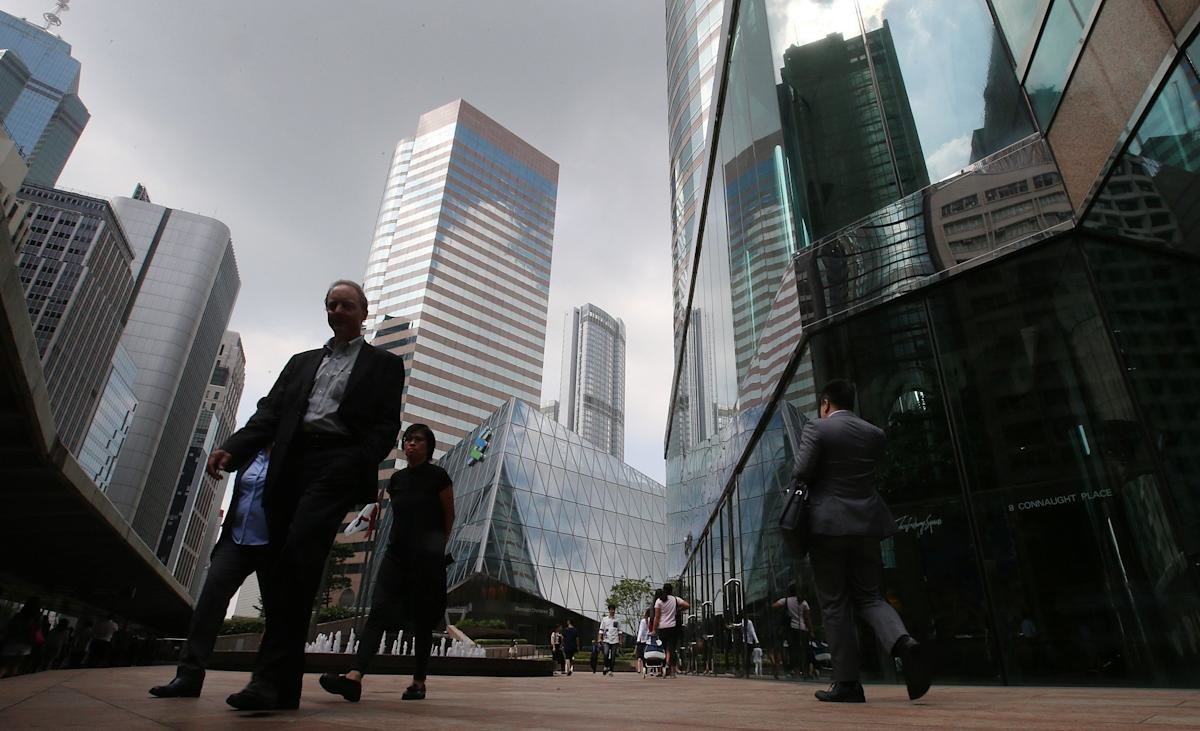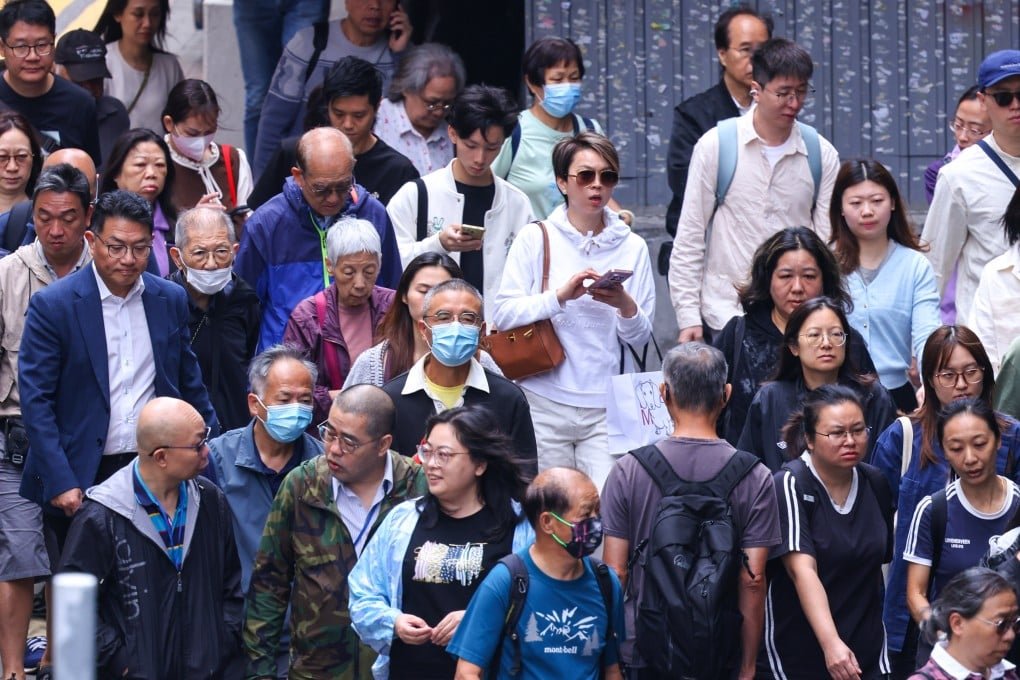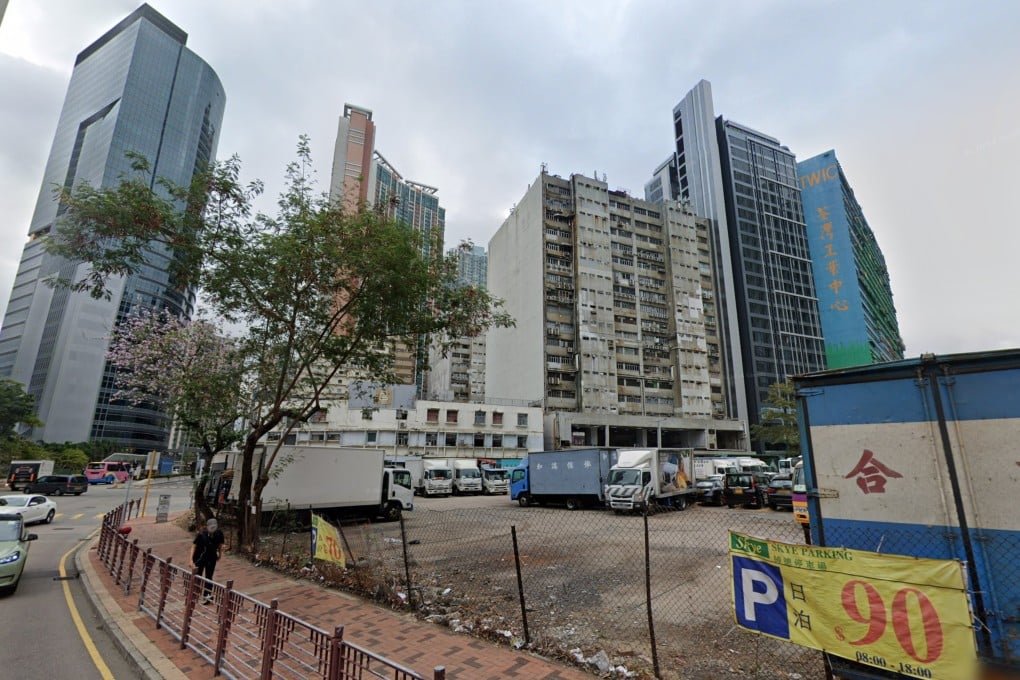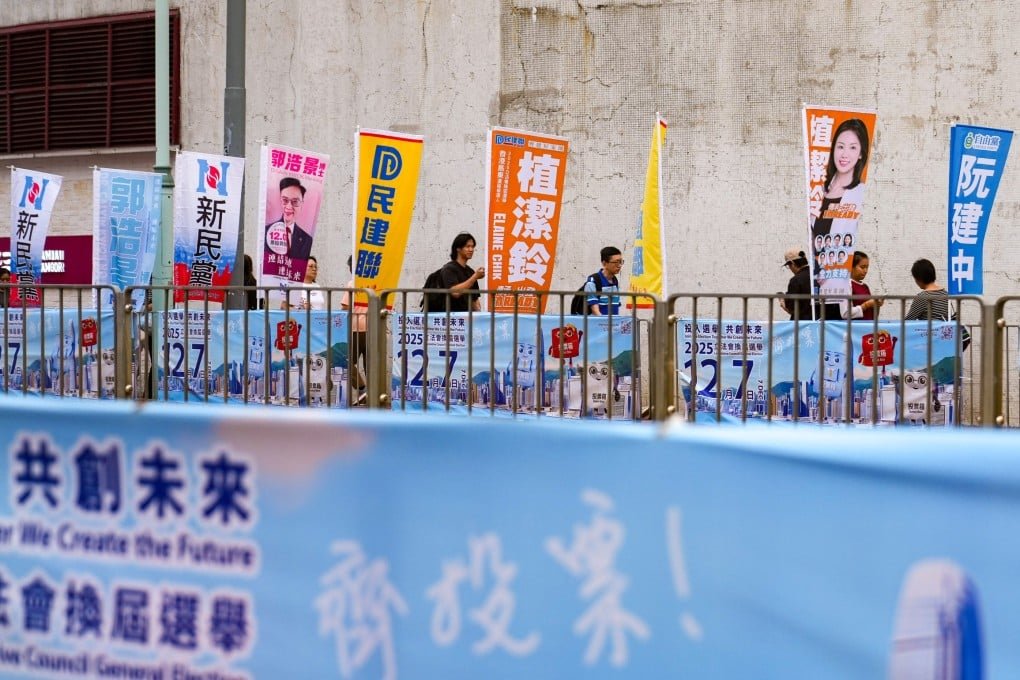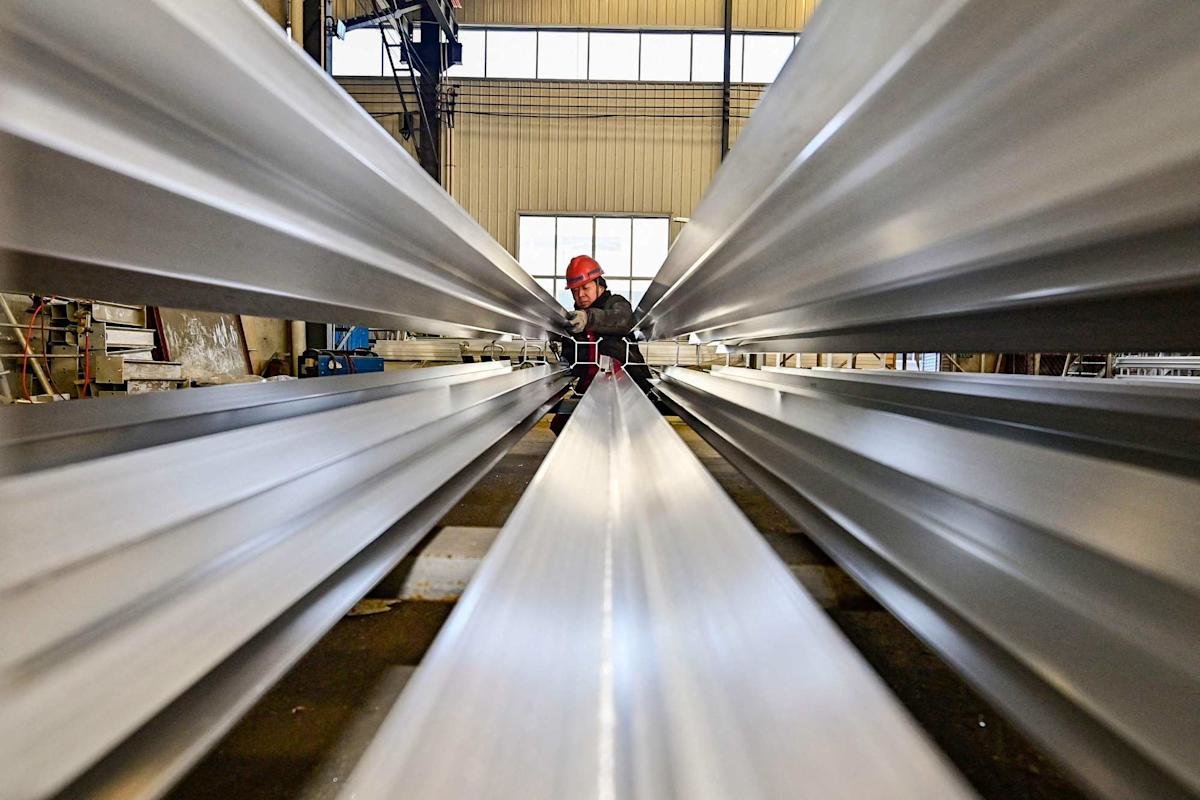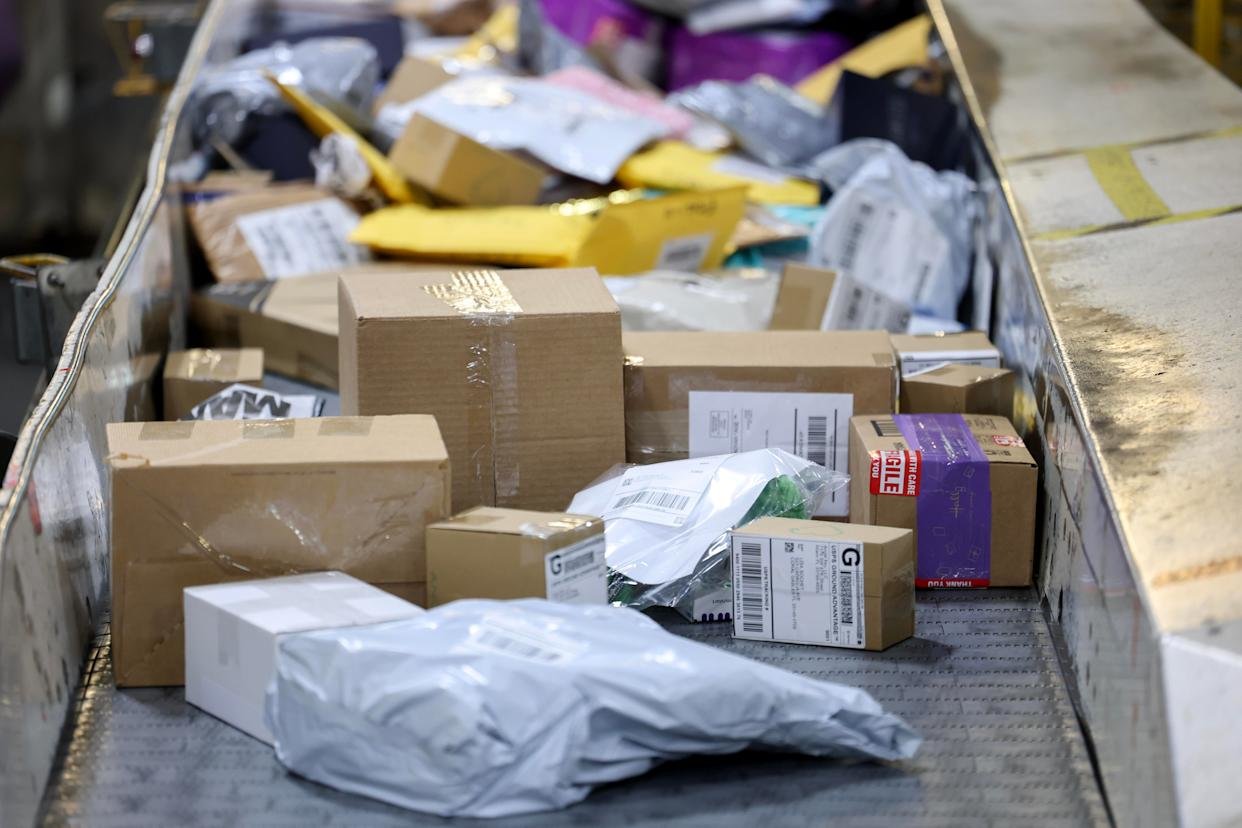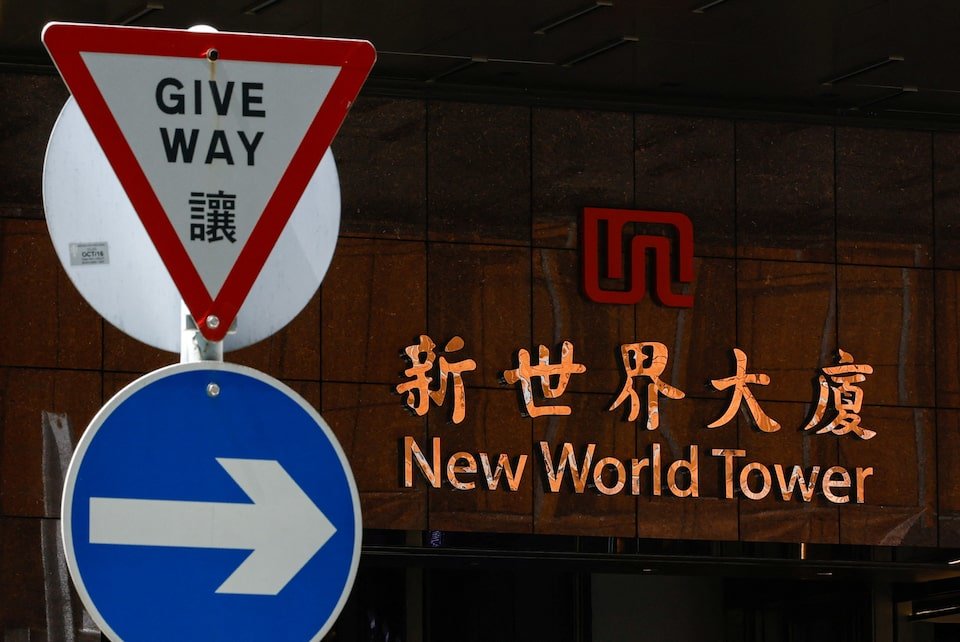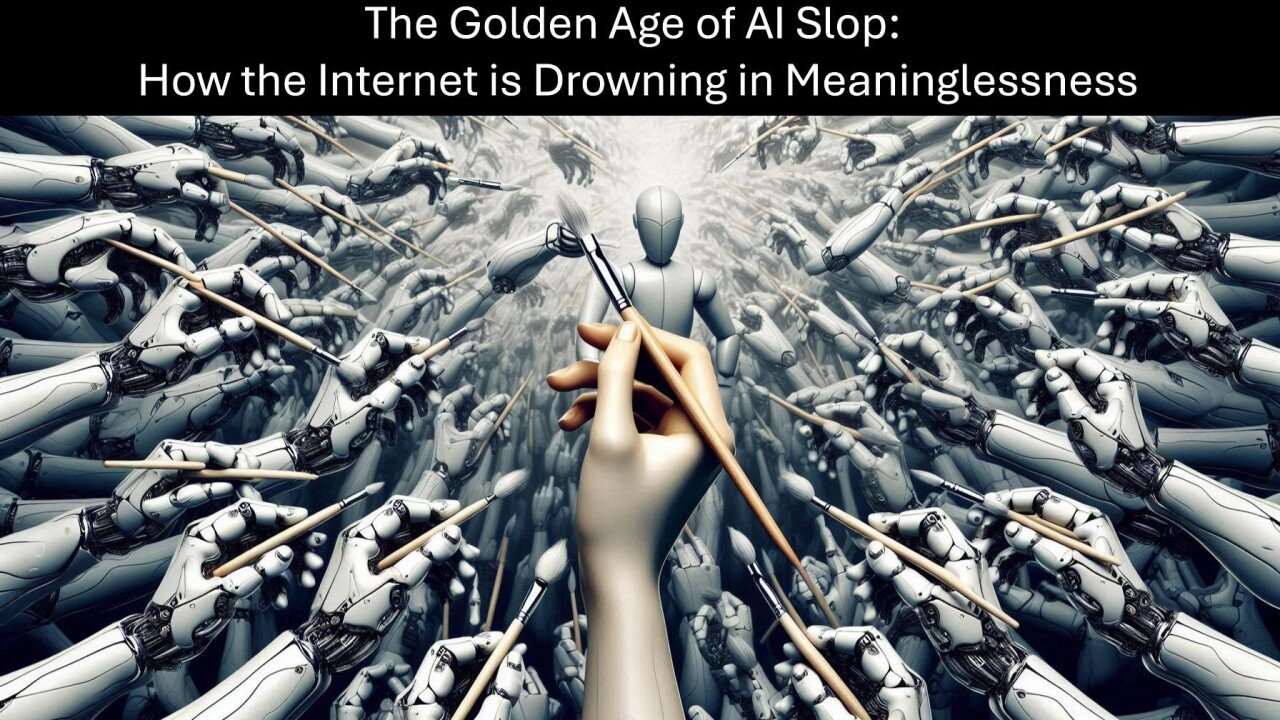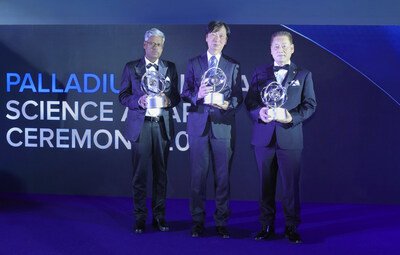
Established in 2025, the competition attracted nearly one-hundred submissions from more than thirty countries, covering fields from alternative energy and nanotechnology to medicine, chemistry and environmental technology.
The award’s three categories—Best Scientific Development, Best Scientific Article and Best Applied Concept—shared a total prize fund of US$350,000.
In the Best Scientific Development category, Chao‑Jun Li, Distinguished James McGill Chair Professor at McGill University (Canada), won first place for a palladium-based catalyst that converts methane and carbon dioxide into methanol at ambient temperature, offering a potent route to greenhouse-gas utilisation.
Second place went to Makoto Fujita of the University of Tokyo and Institute for Molecular Science (Japan), whose work on self-assembling palladium nanostructures opens material pathways for advanced electronics and biomedicine.
The Best Scientific Article award was captured by Natesan Thirupathi of Delhi University (India) for a major organopalladium chemistry study enabling greener pharmaceutical processes.
A runner-up prize went to Michael Joseph Krische of the University of Texas at Austin (United States) for his method combining hydrogenation and coupling via palladium.
The Best Applied Concept award went to Safa Faris Kayed of Prince Sattam bin Abdulaziz University (Saudi Arabia) for “PalladClear™”, a palladium-based in-situ wastewater treatment system capable of degrading industrial dyes and recovering metals, addressing pressing environmental and resource-recovery needs.
Backed by the China Precious Metals Industry Committee (CPMIC) and other international partners, the award emphasises applications’ real-world scale-up potential and industrial relevance—a theme echoed by chair of the International Expert Council, Francis Verpoort, who highlighted palladium’s evolution from a commodity metal into a strategic functional resource.
The competition’s next edition is slated to launch in spring 2026, as organisers aim to cement the award as a global benchmark in advanced-materials innovation.
Meanwhile, Hong Kong’s hosting of the event underscores its ambition to position itself at the intersection of science, industry and global research collaboration.


